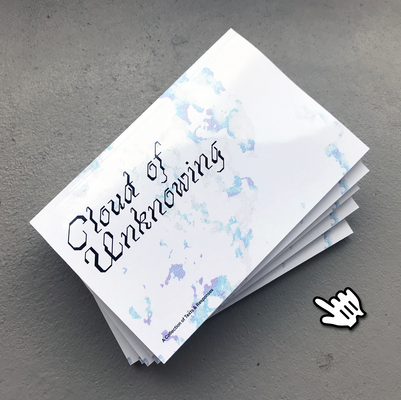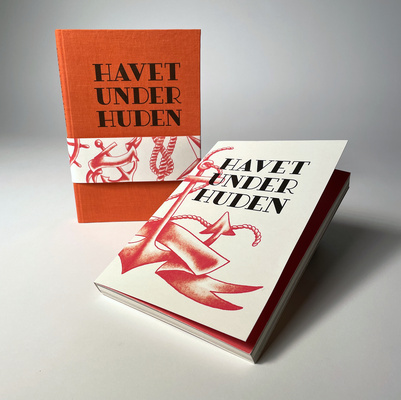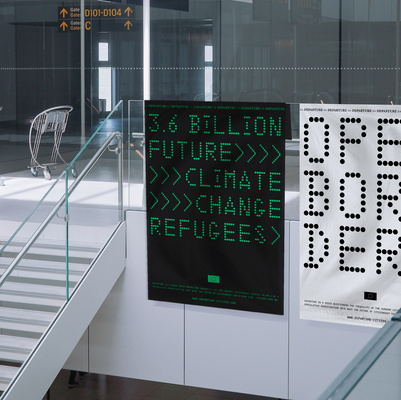A visual identity created for a new cultural institution in the center of Copenhagen conveying the duality between our great art tradition and cultural heritage together with our dark - and to some extend invisible - past as coloinal super power; two central and interconneted parts of European civilization.

On the opposite site of the water from The Royal Academy a museum is hidden. It is a museum that most people know nothing about because it has been closed down since 2017. Behind the museum's red bricks and small windows more than 2150 plaster casts are collection in one of the largest and best-preserved collections in the world: Den Kongelige Afstøbningssamling (The Royal Cast Collection). It was founded in 1895 to showcase how the representation of the human body in Western art had developed in parallel wit the general societal development towards ever-increasing degrees of democracy, freedom, wealth and beauty ideals. The collection was established at a time of European colonial powers and it was common to perceive the white man, his art and his culture as superior.
The building of the museum, Vestindisk Pakhus, tells another, dark story of our past. It was build in 1781-1783 to house Vestindisk Kompagni which controlled and systemized the slave trade from the West Indies. The economy gained from these times finances i.a. the construction of Amalienborg together with the great mansions in Frederiksstanden, Copenhagen and secured the wealth that enabled us to develop our society and cultural formation.
The fact that the cast collection is located in Vestindisk Pakhus tells not only the story of our humanistic, democratic, artistic tradition dating back to antiquity, but also the story of our past as colonial power and the fact that our humanism and wealth is built on the basis of slavery.
This projects deals with the duality between these interconnected parts and how I through visual communication can bring awareness, spark reflections and educate us on our past giving us the oppotunity of understanding who we are today. It works around the possibility of creating a new cultural institution where Den Kongelige Afstøbningssamling will be supplemented by the layer of our colonial past on the West Indies.
Visual Identity
The overall theme of the visual identity has been the duality between the white collection and the dark colonial past represented by the builing and its previous use.
By using colors, images and typographies that are refering to both the collection and the colonial past, they together create a coherent visual image and a clear identity.
Implementation
The visual identity is here shown implemented on signage, posters, web letterhead, buisness cards to give an understanding of the identity system.
In addition, a catalogue and a booklet has been created as printed material.































